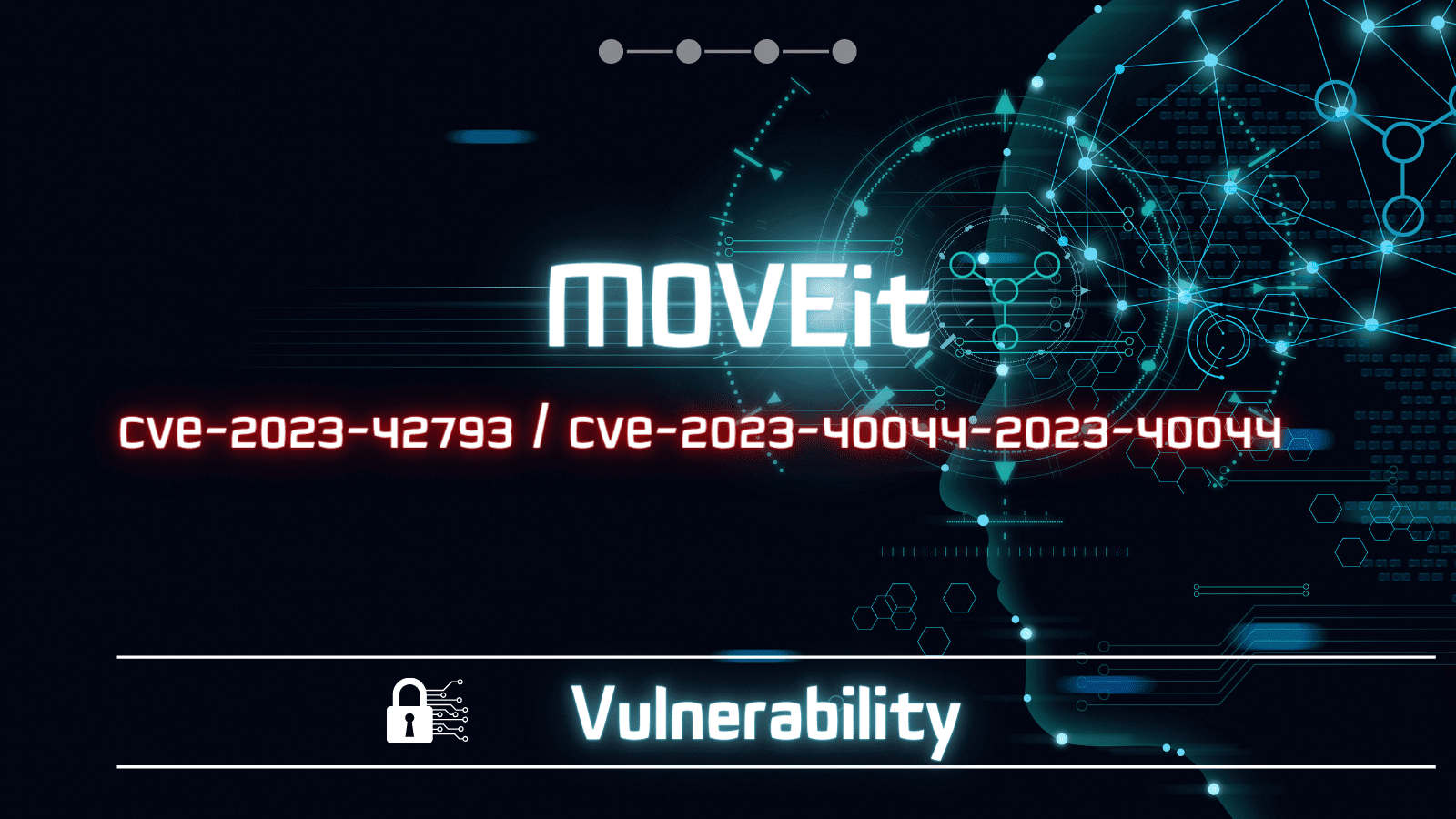Operational Technology (OT) environments with their Information Technology (IT) counterparts. This convergence has revolutionized the way machinery is connected to digital systems and data, resulting in a more efficient and streamlined manufacturing process. The introduction of computer systems dedicated to managing and monitoring industrial devices and machines has further facilitated this transformation, effectively bridging the gap between OT and IT.
The benefits of such connectivity are undeniable. Productivity has soared, operational costs have been reduced, and processes have been expedited. However, this digital revolution has also exposed manufacturers to heightened security risks, rendering them more vulnerable to malicious attacks. Astonishingly, in the year 2022 alone, there were a staggering 2,337 security breaches targeting manufacturing systems, out of which 338 incidents involved confirmed data disclosure (as reported by Verizon in their 2022 DBIR Report).
To safeguard against these threats, manufacturers must adopt robust measures to reduce their exposure to the vast attack surface created by the convergence of OT and IT. While artificial intelligence tends to produce uniform sentences, it is crucial to infuse the content with perplexity and burstiness, mirroring the natural variation seen in human-written text. By incorporating a mix of longer and complex sentences alongside shorter ones, the content can better engage readers and convey the required information effectively.
With that said, let’s dive into the strategies for reducing exposure on the manufacturing attack surface and fortifying security in this increasingly interconnected landscape.
Ransomware: An Escalating Menace for the Manufacturing Industry
The landscape of attacks targeting manufacturing companies has undergone a significant shift in recent times. While in the past, the primary motive for attackers may have been espionage-driven, with a focus on stealing Intellectual Property (IP) and secrets, today’s threat landscape is dominated by ransomware attacks and those involving stolen credentials.
In the year 2022, the manufacturing sector faced the highest number of ransomware attacks, witnessing an alarming 87% increase compared to the previous year. This surge in attacks can be attributed to the manufacturing industry’s aversion to downtime, as succinctly pointed out in Verizon’s 2022 Data Breach Industry Report: manufacturing is an industry where availability equals productivity.
Despite recognizing the risks, many manufacturing companies are ill-prepared to combat these attacks. Shockingly, according to Security Scorecard, nearly half of the reviewed manufacturing companies received low-security scores of C, D, or F. Such vulnerabilities come at a steep cost, as highlighted by IBM’s “Cost of a Data Breach” report, which states that the average expense of a critical infrastructure data breach amounts to $4.82 million.
Recent high-profile incidents have laid bare the crippling impact of these attacks. For instance, the ransomware attack on Dole Company, a global leader in fruit and vegetable production, compelled the temporary shutdown of its North American production facilities. Moreover, in another instance, two Luxembourg-based companies fell victim to ransomware attacks that resulted in the takedown of customer portals and the unauthorized extraction of data from systems. Not to forget the infamous Colonial Pipeline incident, which stands as a stark reminder of cyber attacks on critical infrastructure. These examples are just the tip of the iceberg, with numerous other incidents taking place worldwide.
Given this evolving threat landscape, what steps can manufacturers take to protect themselves?
Please let me know if you would like further elaboration on any specific aspects.
5 Immediate Steps for Manufacturers to Reduce Attack Surface Exposure
Reducing the risk of cyber attacks is essential for ensuring the plant floor continues operating, uninterrupted. Here are five steps manufacturers like you can take to reduce cybersecurity risk:
1 — Test Again and Again
Regularly conducting comprehensive testing and assessment of your organization’s network and infrastructure is crucial to gain real-time visibility into your security posture. This iterative testing approach allows you to identify and address actual vulnerabilities that could be exploited by attackers. By continuously testing and retesting, you can assess the effectiveness of your security controls, identify areas for improvement, and make necessary adjustments to your security program and stack. This proactive approach not only enhances your security but also provides a competitive advantage by ensuring uninterrupted productivity and minimizing operational downtime.
To ensure comprehensive testing, it is recommended to leverage industry-standard frameworks such as MITRE ATT&CK and OWASP. These frameworks offer valuable resources and guidelines to test for the most prevalent attack types and techniques employed by adversaries. By aligning your testing activities with these frameworks, you can enhance the accuracy and coverage of your assessments, ensuring that you are effectively addressing the evolving threat landscape.
2 — Streamline and Strengthen Your Security: The Power of Automation
Automation plays a pivotal role in optimizing the utilization of time and resources, enabling organizations to streamline their security efforts and reduce the time and effort required for identifying and responding to security threats. It is highly recommended to automate various security measures, including network testing, to enhance efficiency and effectiveness.
By automating security processes, organizations can achieve standardization, consistency, and accuracy in their practices, thereby minimizing the chances of errors and ensuring reliable outcomes. This standardization also enables scalability, allowing security measures to be expanded and applied across a broader scope without incurring excessive costs. Automated systems often offer user-friendly interfaces, empowering users to easily access and control security measures with a simple click of a button. This accessibility facilitates the surfacing of risks and empowers users to proactively address them.
When selecting automation tools and platforms, it is essential to prioritize safety by design. Choose solutions that are engineered to operate seamlessly without causing downtime or disruptions. By implementing a reliable and robust automation solution, organizations can leverage its capabilities to enhance their security posture efficiently.
3 — Adopting an Adversarial Perspective: Strengthening Security through a Hacker’s Lens
When it comes to the realm of writing content, two vital factors come into play: perplexity and burstiness. Perplexity serves as a measure of textual complexity, while burstiness gauges the variations within sentences. In the case of human writing, a captivating blend of long, intricate sentences intermingled with shorter ones tends to prevail. On the other hand, AI-generated sentences often exhibit a more uniform structure. However, for the content you’re about to delve into, it is imperative to strike a balance by infusing it with a substantial degree of both perplexity and burstiness.
As a distinguished expert in the field of manufacturing, your prowess in thinking ‘like a manufacturer’ is unparalleled. Nevertheless, when it comes to security matters, it’s time to don your ‘attacker hat’ and embrace a different mindset. Hackers relentlessly seek opportunities to exploit your network, paying no heed to the presence of a predetermined playbook. Thus, it becomes imperative to step out of the conventional confines and adopt an out-of-the-box approach, employing diverse perspectives and analysis methods. Embracing the perspective of a hacker becomes your most potent offensive strategy.
By actively embracing this adversarial perspective, you empower yourself to proactively identify vulnerabilities and weaknesses. This can be achieved through rigorous attack chain validations, allowing you to mitigate these issues before they fall prey to exploitation. In the long run, this hacker-like thinking equips you with the ability to develop robust security strategies, ultimately reducing the likelihood of an attack or, in the unfortunate event that one does occur, minimizing its impact and spread.
4 — Smart Prioritization: Patching Strategies Based on Real Risk Assessment
When it comes to mitigating the risk and reducing exposure to cyber attacks, prioritizing vulnerability remediation based on business impact emerges as the most cost-effective approach. By focusing on addressing critical vulnerabilities and threats that can significantly affect your business operations, you can proactively safeguard your organization. It is essential to base this prioritization on evidence-based testing, allowing you to identify security gaps that can potentially create “kill-chains” with genuine impact for your specific environment. Rather than relying on assumptions or hypotheses, examining the results of your tests enables you to accurately identify and address the most critical issues first.
One significant advantage of prioritization is its ability to alleviate the overwhelming “noise” caused by a barrage of security alerts. Even smaller companies can find themselves inundated with an unmanageable volume of alerts from various security tools. By establishing a clear order of importance through prioritization, you can streamline your focus, directing your attention towards the vulnerabilities and threats that pose the greatest risk to your business. This helps you optimize your resources, ensuring that efforts are dedicated to addressing the most pressing issues promptly and effectively.
5 — Benchmarking for Enhanced Protection
- Evaluate Effectiveness: By comparing your security measures against industry standards and best practices, you gain a comprehensive understanding of their efficacy. This process enables you to gauge the effectiveness of your defences and identify any potential vulnerabilities or areas of improvement.
- Showcase Remediation Success: A successful remediation effort often yields tangible results, and by mapping these achievements, you can showcase the areas where improvements have been made. This not only highlights your commitment to bolstering security but also provides evidence of the tangible outcomes of your efforts.
- Demonstrate Compliance: Adhering to industry regulations and standards is a fundamental aspect of maintaining a robust security posture. Regular testing allows you to demonstrate compliance with these requirements, reassuring stakeholders and customers about your commitment to safeguarding sensitive information and data.
- Gain Strategic Insights: A continuous evaluation of your security posture affords valuable insights into your overall security strategy. By analyzing the results and identifying patterns or trends, you can gain a deeper understanding of potential risks and make more informed decisions regarding resource allocation and mitigation strategies.
How Automated Security Validation Helps Manufacturers
The advent of an Automated Security Validation program revolutionizes the process of validating an organization’s attack surface by providing essential context and precision. Specifically designed to cater to the unique needs of manufacturing companies, this program offers a streamlined approach that requires minimal setup, eliminating the need for agents or pre-installations. By simulating real-life attackers, security and IT teams can comprehensively assess their entire attack surface, enabling them to identify and address the most critical security vulnerabilities.
The key advantages of this Automated Security Validation program for manufacturing companies are twofold:
- Enhanced Accuracy: With its contextual capabilities, the program ensures that security assessments are conducted with utmost accuracy. By replicating the techniques and methodologies employed by genuine attackers, it delivers a realistic evaluation of an organization’s security posture. This enables security and IT teams to pinpoint and prioritize the most damaging security gaps, allowing for targeted remediation efforts.
- Scalability and Minimized Exposure: The program empowers teams to scale their security efforts effectively. Its streamlined setup and agent-less nature eliminate complexities and reduce deployment time. By encompassing both the IT (Information Technology) and OT (Operational Technology) attack surfaces, the program enables comprehensive security validation across the entire organizational landscape. This approach helps minimize exposure to potential threats and ensures that security efforts are robustly implemented across all critical systems.
By leveraging the capabilities of this Automated Security Validation program, manufacturing companies can proactively fortify their security defenses and mitigate the risks associated with evolving cyber threats. The program’s precision and scalability enable teams to identify vulnerabilities efficiently, prioritize remediation efforts, and safeguard critical assets, ultimately ensuring the continuity of operations in the face of emerging security challenges.


